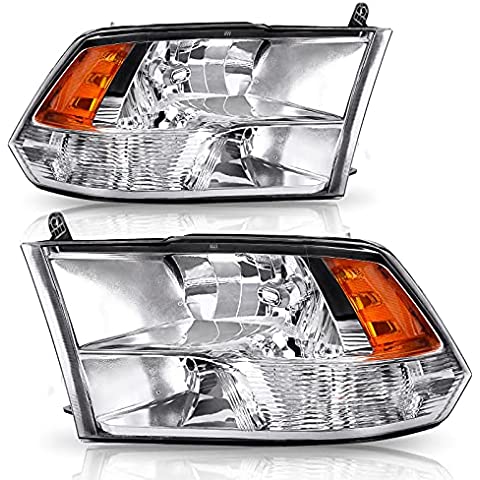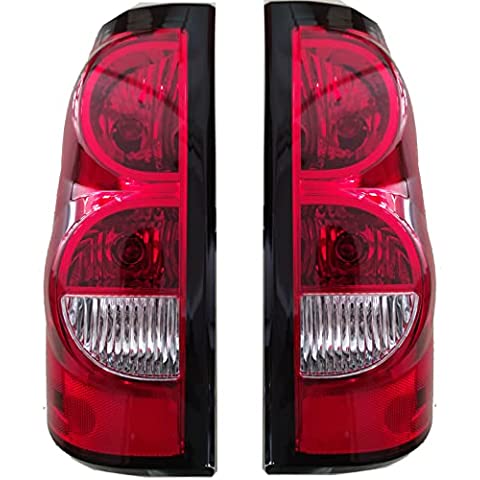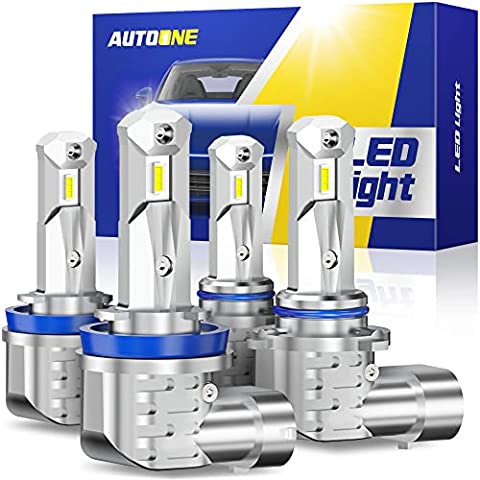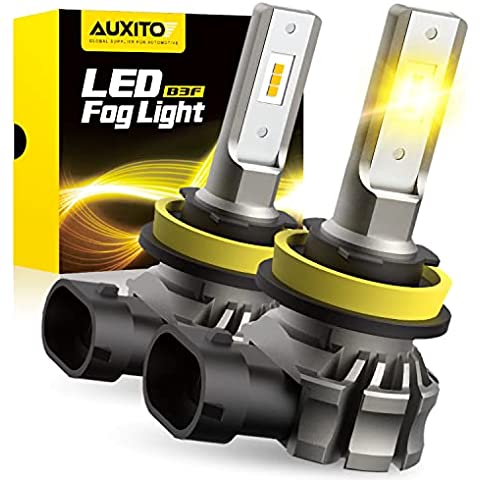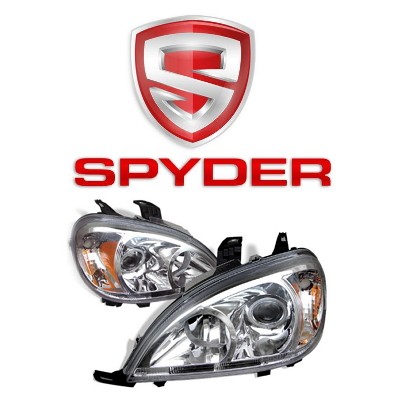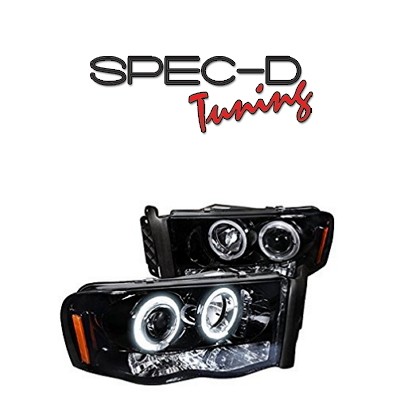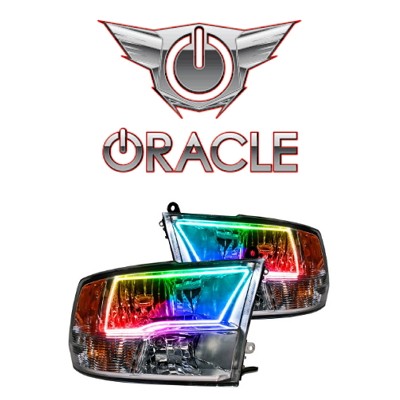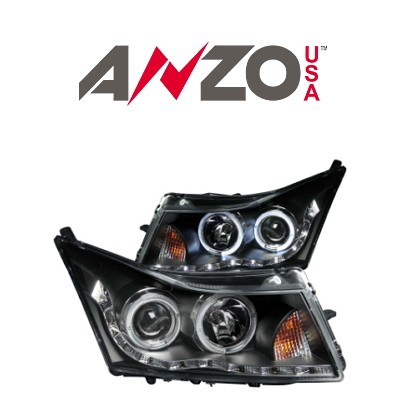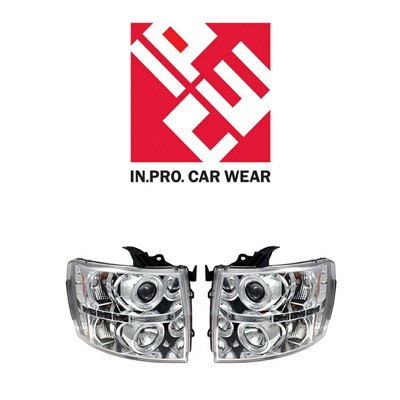Automotive LED Lighting for Better Night Vision and Safety
In the constantly evolving world of automotive technology, LED lighting stands out as a transformative innovation, especially when it comes to enhancing night vision and ensuring safety. As we look towards 2025, the market is gearing up for some exciting advancements in automotive LED lighting. This article explores the latest trends, product details, and provides a user-friendly guide for both car enthusiasts and general consumers interested in upgrading their vehicle lighting systems.
Why Choose LED Lighting?
LED (Light Emitting Diode) lighting has revolutionized the automotive industry with its superior brightness, energy efficiency, and longevity compared to traditional halogen and HID (High-Intensity Discharge) lights. LEDs offer a more focused and brighter light beam, crucial for better night vision, reducing glare for oncoming traffic, and enhancing overall road safety.
Specific Product Details
For those looking to upgrade, several key brands are leading the charge in LED technology:
- Philips X-tremeUltinon LED: With a lumen output of 1,700 lumens per bulb and a power consumption of just 25 watts, these LEDs boast a lifespan of over 12 years. Their 2025 models are expected to feature improved beam patterns and higher efficiency.
- OSRAM Night Breaker LED: Known for their superior light output and longevity, these LEDs offer 2,000 lumens per bulb and have a lifespan of up to 15,000 hours. OSRAM is also integrating smart technology in their upcoming models to allow for adaptive lighting adjustments.
- Hella Performance LED: These LEDs are designed for extreme conditions, providing consistent brightness and durability. With a power draw of 20 watts and a lifespan of 50,000 hours, they are perfect for off-road enthusiasts.
Comparative Analysis: LED vs. HID vs. Halogen
Choosing the right lighting technology is crucial for both performance and compliance with safety standards.
- LEDs: Offer superior brightness and energy efficiency. They typically last 20,000 to 50,000 hours and consume less power (15-30 watts) compared to other technologies.
- HIDs: Provide high brightness but consume more power (35-50 watts) and have a shorter lifespan (2,000-3,000 hours). They may cause glare if not properly aligned.
- Halogens: The most common and least expensive option but are less bright and energy-efficient, with a lifespan of 500-1,000 hours.
According to the National Highway Traffic Safety Administration (NHTSA), LED lights are increasingly preferred for their safety benefits, including better visibility and less glare for oncoming drivers.
Trends for 2025
The future of automotive lighting is bright, with several trends set to take center stage by 2025:
- Smart Headlights: These systems automatically adjust the beam pattern based on traffic and road conditions, improving safety and reducing driver fatigue.
- Adaptive and Matrix Lighting Systems: Designed to enhance driving experience by providing precise light distribution, these systems are expected to see a 15% increase in market adoption by 2025.
- Eco-Friendly Options: With a growing emphasis on sustainability, LED manufacturers are focusing on energy-efficient models that reduce carbon footprint.
User-Friendly Approach: How to Upgrade Your Vehicle Lighting
Upgrading your vehicle lighting can be a straightforward process with the right tools and guidance. Here’s a step-by-step guide:
- Tools Needed: Screwdriver set, gloves, LED conversion kit.
- Step 1: Ensure your vehicle is parked on a flat surface and the engine is off.
- Step 2: Open the hood and locate the headlight assembly. Consult your vehicle’s manual for specific instructions.
- Step 3: Remove the old bulb by twisting it counterclockwise and carefully disconnecting it from the socket.
- Step 4: Install the new LED bulb by connecting it to the socket and securing it in place by twisting it clockwise.
- Step 5: Test the new lights by turning on your vehicle and checking the beam alignment.
Ensure that the products you choose are DOT-approved for legal on-road use in the U.S.
Appeal to a Broad Audience
Whether you’re a seasoned car enthusiast or a general consumer, understanding the benefits and advancements in LED lighting is essential. Leading retailers like AutoZone offer a wide range of products, and online marketplaces provide detailed customer reviews to help inform your decision.
Conclusion
As we approach 2025, automotive LED lighting is set to become even more integral to vehicle safety and performance. By upgrading to the latest LED technology, drivers can enjoy enhanced visibility, increased safety, and a more sustainable lighting solution. Explore the latest products, and consider making the switch to LED lighting for a brighter, safer driving experience.


